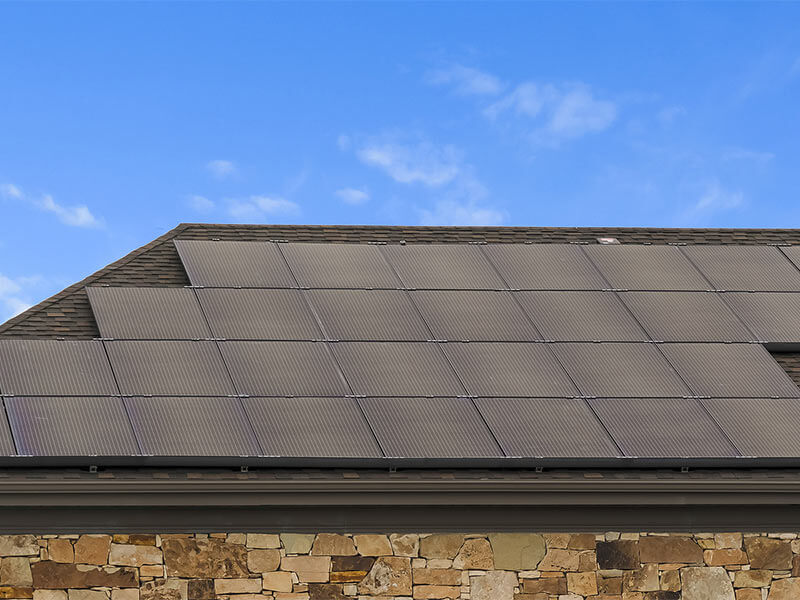Listen to Audio Version
Solar energy is a clean, renewable source of power.
Here’s a stunning statistic for you; the amount of sunlight that strikes the earth’s surface in an hour and a half, is enough to handle the entire world’s energy consumption for a full year! Let’s just think about that for a second. We’re not talking about powering your entire town, or the state of CT, or the east coast, or even all of the US and Canada….the WHOLE WORLD! An hour and a half of sun!! MIND. BLOWN.
Solar energy technology has figured out how to harness the sun’s energy and make it usable. Let’s start with talking about solar for our homes, as opposed to major commercial applications…. most home application solar panels are made of photovoltaic cells. The cells have semiconductor materials, like in computer chips. When sunlight hits these cells, it knocks electrons loose from their atoms. As the electrons flow through the cell, they generate electricity. The electrons flow through the solar cells, down wires along the edge of the panels, and into a junction box as DC, or Direct Current power. This current travels from the solar panels to an inverter where it changes from DC to AC, or Alternative Current, and can be used in your house for power.
The fascinating part of all of this is the cells are often less than the thickness of four human hairs!!! In order to protect them from the elements outdoors, they are sandwiched between protective materials, like glass and/or plastic.
How do they make our power? We know the cells convert sunlight to energy and they are teeny tiny! So in order to create enough energy, they are connected together to form larger units, or panels, forming arrays. The arrays are then connected to the electrical grid. Because they are easy to connect together, and expand, you can generally make an array as small or as large as you need.
Many of us think once we put solar panels, or a solar array, on our house, we have unlimited power and can stay powered day and night, even during storms and outages. But that isn’t necessarily the case. Most systems are still “grid-tied,” meaning the solar system, home’s electric, and local utility grid are all interconnected through your main service panel. You power your house through the day with sun, and draw from the grid at night. It allows you to push any excess electricity you make back to the local grid, and through “net metering,” you “bank” the excess energy for use at night and in the winter months. We’ll go into net metering in more detail another time. Very cool stuff though….
Alternatively, you could install battery storage in your house, putting you off-grid and banking your energy production (within the capacity limits of your batteries) in your own batteries. This is also a subject for another day, but hopefully this gives you a better understanding of how solar actually works!
I personally have a solar array that powers about 103% of my home’s total needs, and as such, do not pay an electric bill all year, except for the customer service charge to be connected to the power grid, of $9.62, roughly 4 or 5 months of the year. I bank enough power from March through September, to meet all my nighttime and winter months needs. I use a portable gas powered generator if we have power outages, and it’s perfectly sufficient. I considered the power banks, or batteries, at one time, but considering the technology and the cost, decided to sit them out for at least a while. More to come on that another day!
Take time to soak up some sun!

